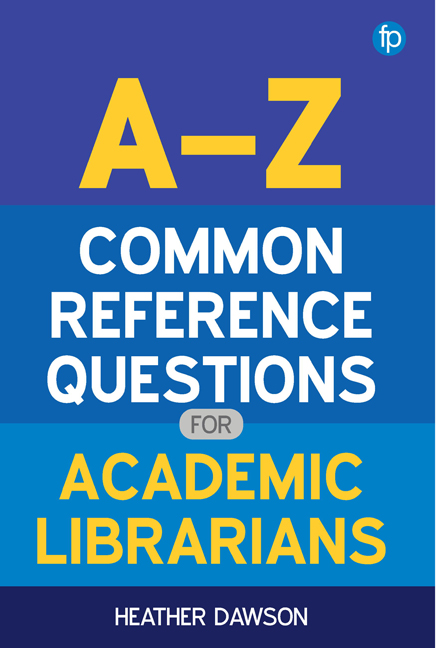Data Visualisation
Published online by Cambridge University Press: 19 March 2020
Summary
Typical questions
• Can you give me any tips on presenting data for a conference?
• What data visualisation tools do you recommend?
Starting points
• Data visualisation encompasses a range of methods which convert data sources into a visual representation. These can include charts, maps and graphs. The aim is often to make facts more visually appealing. Infographics are a well-known type of data visualisation that combine statistical data with a story. They have become increasingly popular due to their use in public media such as the inspiring Guardian newspaper datablog (www.theguardian.com/data).
• Students should however consider whether the nature of the data and their purpose is suitable for effective visualisation.
• Advice may be needed on techniques. If local experts are not available it is worth checking the MOOCs listed in the Courses and Qualifications chapter as they regularly list IT-related examples. Also useful is the Computer Science chapter.
• Increasingly, free software is available. Check your local IT department for any subscription resources and advice. The resources listed below are good basic sites with some free resources. They cover a wide range of techniques and offer some free advice.
Recommended resources
Datawrapper [Basic]
www.datawrapper.de
German start-up company offering the ability to create interactive charts and maps using your own data, then copy embedded code for websites. The free version has some limits on functionality and export. Site also includes tutorials on data visualisation design and creation.
FlowingData [Subscription]
flowingdata.com
Site created by Nathan Yau, the author of several books on data visualisation. Free access to some guides and examples. Tutorials covering how to make and design data graphics and in-depth courses on visualisation are offered to subscribers.
Gapminder
www.gapminder.org
An independent Swedish foundation that seeks to increase knowledge about global development. In addition to stunning and informative visualisations of this, the site also recommends tools for researchers and provides the ability to customise its own data, much of which covers global inequality.
- Type
- Chapter
- Information
- A-Z Common Reference Questions for Academic Librarians , pp. 85 - 86Publisher: FacetPrint publication year: 2019
- 1
- Cited by



